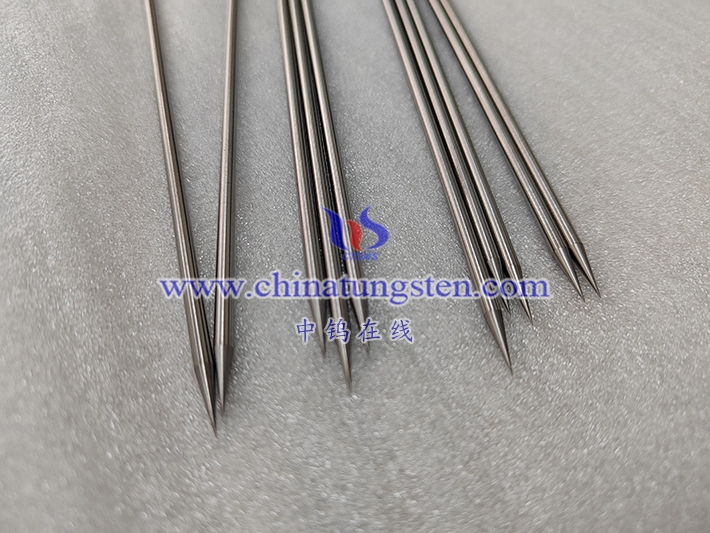
Tungsten needle surface coatings can be used to improve their ability to selectively bind to specific targets in microscale biosensing. Various types of coatings such as self-assembled monolayers (SAMs), polymers, and biomolecules have been used to functionalize tungsten needles for biosensing applications.
For example, SAMs are commonly used to functionalize tungsten needles with specific chemical groups that can interact with target molecules. SAMs can be formed by exposing the tungsten needle surface to a solution of a specific molecule that will spontaneously adsorb onto the surface, forming a monolayer. The type of molecule used will depend on the desired target molecule, and the properties of the SAM can be tuned by varying the concentration and composition of the solution.
Polymer coatings can also be used to functionalize tungsten needles for biosensing. For example, polymers such as polyethylene glycol (PEG) have been used to reduce non-specific binding to the needle surface, while other polymers can be used to specifically bind to target molecules.
Finally, biomolecule coatings such as antibodies or aptamers can be used to functionalize tungsten needles for biosensing applications. These coatings can specifically bind to target molecules with high affinity and selectivity, making them ideal for biosensing applications.
Overall, the effect of tungsten needle surface coatings on their ability to selectively bind to specific targets will depend on the type of coating used and the properties of the target molecule. However, surface coatings can be a powerful tool for improving the selectivity and sensitivity of tungsten needle-based biosensing platforms.






